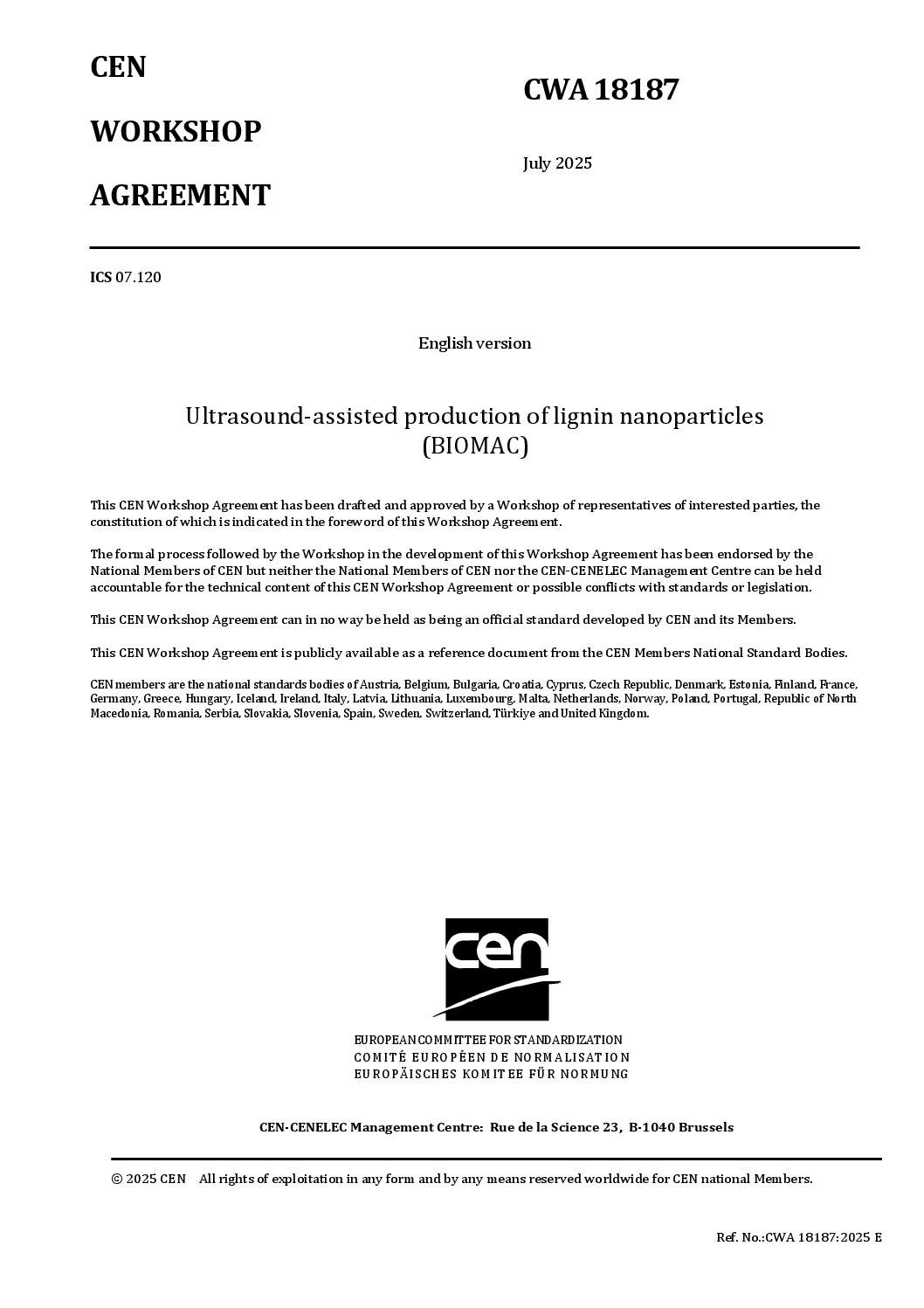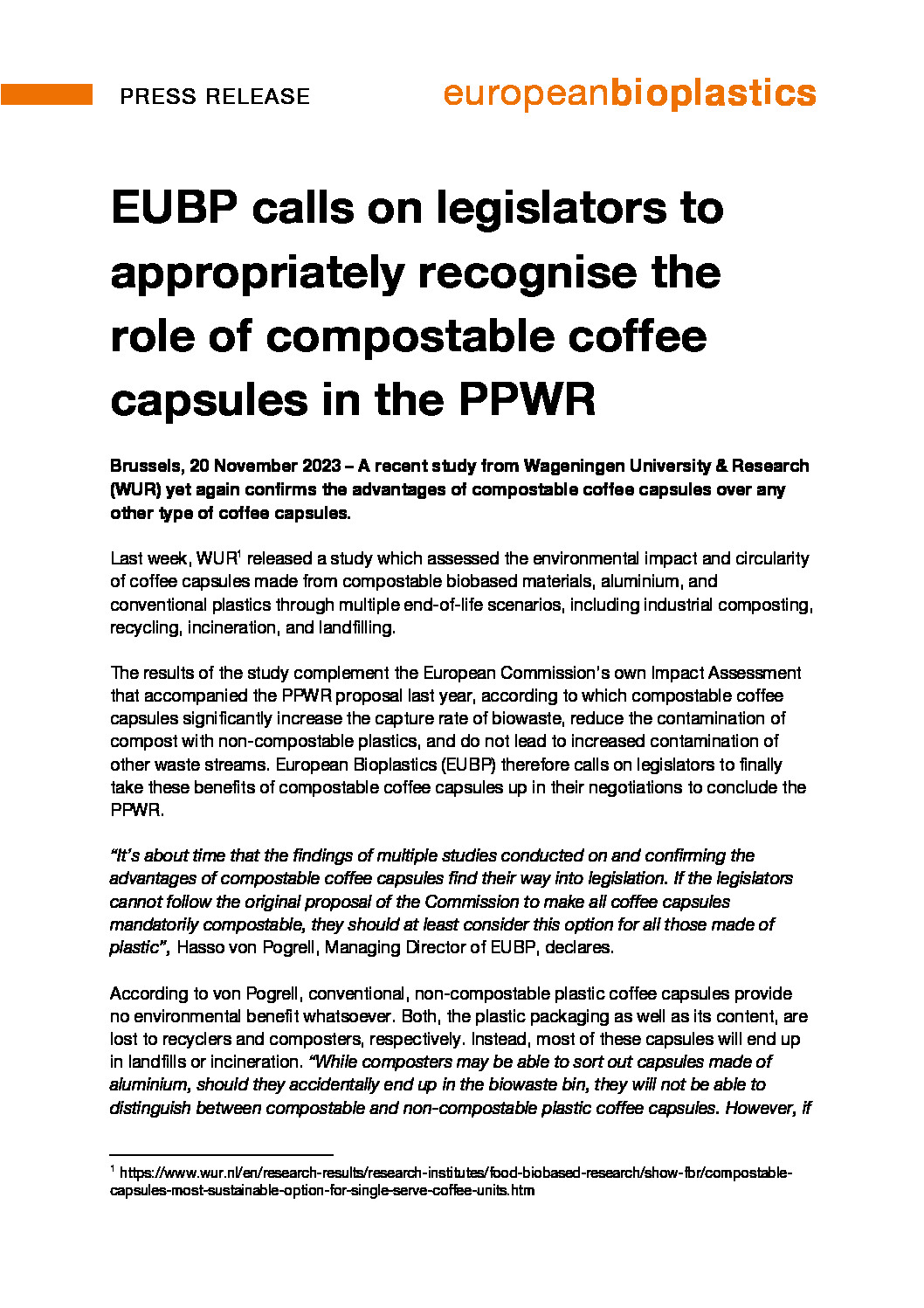
Bioplastics Myths and Facts
Persistent myths about bioplastics keep circulating in the media causing debates that often are distorted by false claims and allegations lacking any scientific proof. European Bioplastics has compiled a set of information that debunks some of the common myths about bioplastics addressing concerns on their impact regarding persistent microplastics, recycling streams contamination, and toxicity.
Do bioplastics create persistent microplastics?
EN 13432-certified compostable bioplastics fully biodegrade during industrial composting process and, thus, do not generate persistent microplastics. EN 13432 requires the compostable plastics to disintegrate after 12 weeks and completely biodegrade after six months. That means that 90 percent or more of the plastic material will have been converted to CO2. The remaining share is converted into water and biomass.
Biodegradable plastics that are tested and certified for composting, for biodegradation in soil, or aqueous environments according to recognized standards reduce the amount of non-biodegradable microplastics in compost, help to reduce the accumulation of non-biodegradable (micro)plastics in agricultural soils, and are a suitable alternative for intentionally added microplastics in cosmetics or related products.
Industrially compostable plastics can help to separately collect organic waste and thus reduce the contamination of bio-waste with conventional plastics, and ultimately reduce microplastics from conventional fossil-based polymers in the compost. Additionally, compared to conventional (PE) plastic mulch films, which are either hard to collect or recycle, and that leave fragments on the fields generating persistent microplastics that leach into the soil, rivers, and oceans, soil biodegradable mulch films fully biodegrade in less than 2 years and do not cause accumulation in soils.
Do biodegradable plastics contaminate mechanical recycling streams?
There is no negative impact of possibly remaining impurities of compostable plastics on existing recycling streams. Existing sorting technologies, such as density separation and NIR (near-infrared) sorting, can efficiently separate and sort different kinds of polymers, including compostable plastics. Any remaining contamination will be insignificant and the potential impact negligible after sorting.
Cross-contamination of post-consumer (plastic) waste is a general problem that involves all materials and all recycling streams. Singling out compostable plastics is discriminatory, as they contaminate a recycling process of a sought-for polymer no more or less than any other given plastic. Any restrictions based on the assumption of cross-contamination would have to apply to all materials.
Numerous studies have proven that sorting of compostable plastics is effective and that after sorting, the contamination rate in an established recycling stream is usually very low (below 1%). Should compostable plastics, alongside other impurities, enter the recycling streams of e.g., PE or PET, no negative impacts are to be expected. Labelling is crucial, and all compostable plastic products should display clear labelling to avoid misthrows and to ensure separate collection in the dedicated waste stream.
Are bioplastics toxic?
Products made from bioplastics must undergo the same testing procedures as conventional plastic products to access the market of the European Union (EU). Thereby a health risk for consumers is excluded.
Plastic applications intended to be certified as compostable or biodegradable must pass additional vigorous ecotoxicity tests such as plant growth or nitrification inhibition tests. As part of the EU standard EN 13432 for industrially compostable packaging, they must not include any substances that are regulated under REACH to prevent any risks to human health and the environment.
In the case of safety of food contact materials (FCMs), bioplastics, like all other materials need to comply with the laws and regulations in force. To ensure a high level of food safety, all food contact materials must comply with Regulation (EC) No 1935/2004 on materials and articles intended to come into contact with food when placed on the European market. In addition to this Regulation, all FCMs must be manufactured in accordance with Good Manufacturing Practices (GMP, Commission Regulation (EC) No 2023/2006), and specific Union legislation on certain materials, including on plastic and ceramics, as well as with National legislation on other materials.


